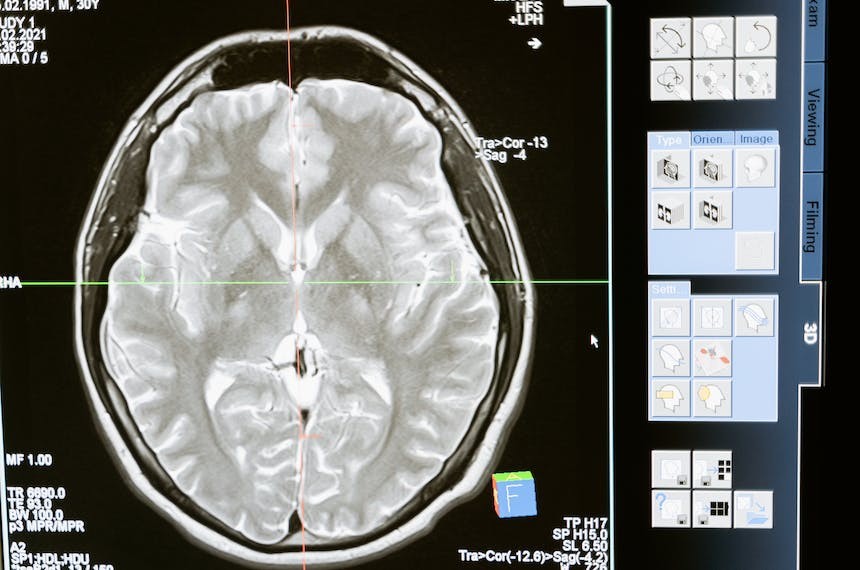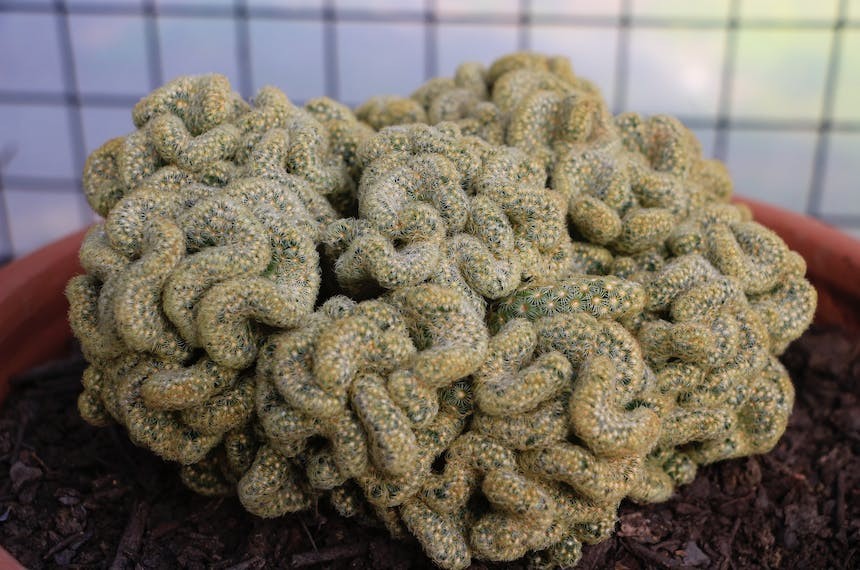
Neurological Bladder and Bowel dysfunction
Neurogenic bladder dysfunction (NGB) in conditions like Parkinson's disease and multiple sclerosis can cause urinary issues. Treatment includes antimuscarinic agents, intravesical oxybutynin, or botulinum toxin. Neurogenic bowel dysfunction (NBD) with constipation and incontinence in conditions like multiple sclerosis is managed with diet modification, laxatives, and, in severe cases, interventions like transanal irrigation or surgery.
Neurogenic bladder dysfunction
1. Causes of NBD:
Neurogenic bladder (NGB) occurs as a consequence of Parkinson’s disease, multiple sclerosis (MS), spina bifida, stroke, spinal cord injury, and transverse myelitis.
2. Complications of NBD:
The problem results in detrusor overactivity (DO), which manifests as incontinence of urine, and detrusor sphincter dyssynergia, which results in an increased bladder pressure. DO and detrusor sphincter dyssynergia cause bladder damage, vesicoureteral reflux, hydroureter, hydronephrosis, and renal insufficiency. Patients with NGB often suffer from urinary retention and may require intermittent self-or third-party catheterization. (1, 2)
3. Treatment of NBD:
The aim of treatment of NGB is to protect the damage of upper urinary tract, and hence to improve the quality of life of patients. Oral antimuscarinic agents are the mainstay of medical treatment. They include oxybutynin IR (5–30 mg daily , divided in three doses up to 45 mg daily as tolerated), solifenacin (5–10 mg daily), or tolterodine IR (2–8 mg daily in two divided doses). For patients with poor oral compliance, or those with refractory disease, intravesical oxybutynin (10mg) may be considered. Also, transdermal oxybutynin patch (3.7 mg for 72 hours) may represent another alternative agent.
4. Non-Pharmacological Measures:
The main side effects of these agents are dry mouth, blurry vision, constipation, and dry eyes. Patients with narrow angle glaucoma and severe gastroparesis should not use these agents. Also, myasthenia gravis might be worsen with the use of antimuscarinic drugs. In patients with failure to an antimuscarinic agent, switching between antimuscarinic agents is advocated. For refractory cases, botulinum toxin injection with onabotulinumtoxin A (20 injections of 0.5 mL [the recommended concentration: 10 units/mL] for a total dose of 100 units/10 mL [maximum: 100 units]; for the final injection) has shown some benefits
5. Medications for Neurogenic Bowel Dysfunction:
Alternatively, a drug therapy combination of alpha blockers; including tamsulosin (0.4 mg daily), or terazosin (2-10 mg daily) and antimuscarinics is advisable. Also, in patients who have autonomic dysreflexia, alpha blockers are added earlier in therapy as they could help to relax the smooth muscle component of the prostate, and improve autonomic dysreflexia symptoms. (3, 4, 5)
6. Interventions for Resistant Cases:
Alternative measures include imipramine (10- 45 mg daily in two or three divided doses), which showed some benefits. Also, mirabegron (25mg daily), which is a beta-3 agonist, aims for bladder relaxation. Side effects of mirabegron are mild and include an increase in the blood pressure and a slight increase in the heart rate. (6)
Neurogenic Bowel dysfunction:
The symptoms of neurogenic bowel dysfunction (NBD) comprise constipation and faecal incontinence. NBD occurs in patients with multiple sclerosis, spinal cord injury, and Parkinson’s disease. (7)R
Treatment main objective to avoid faecal incontinence, prevent bowel infection, and optimize the quality of life for patients. Non-pharmacological measures include diet modification (increase fibre content), bowel routine, physical techniques, and medications. Adjuvant measures to help evacuation of the bowel include abdominal massage from left to right with the palm in circular movements, valsalva maneuver by attempting exhalation against a closed glottis, and a digital rectal stimulation in which a lubricated gloved finger is inserted into the anus and moves in a circular direction for 20 seconds to stimulate the recto- colic reflex. Also, laxative manipulation is an essential first line treatment. Laxatives include lactulose (20ml twice daily as needed), senna (two tablets daily as needed), movicol (2 sachets daily), or docusate sodium (200 mg daily as needed). (8, 9)
In resistant cases, other interventional measures include transanal irrigation, electrical nerve stimulation, and surgical antegrade irrigation, or stoma formation. (10)
References
1- Cameron AP, Wallner LP, Tate DG, et al. Bladder management after spinal cord injury in the United States 1972 to 2005. J Urol 2010;184:213-7.
2- Nortvedt MW, Riise T, Frugård J, et al. Prevalence of bladder, bowel and sexual problems among multiple sclerosis patients two to five years after diagnosis. Mult Scler 2007;13:106-12.
3- Stöhrer M, Blok B, Castro-Diaz D, et al. EAU guidelines on neurogenic lower urinary tract dysfunction. Eur Urol 2009;56:81-8.
4-Burns AS, Rivas DA, Ditunno JF. The management of neurogenic bladder and sexual dysfunction after spinal cord injury. Spine (Phila Pa 1976) 2001;26:S129-36.
5-Fowler CJ, Panicker JN, Drake M, et al. A UK consensus on the management of the bladder in multiple sclerosis. Postgrad Med J 2009;85:552-9. [PubMed] [Google Scholar]
6- Consortium for Spinal Cord Medicine . Bladder management for adults with spinal cord injury: a clinical practice guideline for health-care providers. J Spinal Cord Med 2006;29:527-73.
7- Verhoef M, Lurvink M, Barf HA, et al. : High prevalence of incontinence among young adults with spina bifida: Description, prediction and problem perception. Spinal Cord. 2005;43(6):331–40.
8- Correa GI, Rotter KP: Clinical evaluation and management of neurogenic bowel after spinal cord injury. Spinal Cord. 2000;38(5):301–8.
9-Clinical practice guidelines: Neurogenic bowel management in adults with spinal cord injury. Spinal Cord Medicine Consortium. J Spinal Cord Med. 1998;21(3):248–293.
10- Emmanuel AV, Krogh K, Bazzocchi G, et al. : Consensus review of best practice of transanal irrigation in adults. Spinal Cord. 2013;51(10):732–8.





